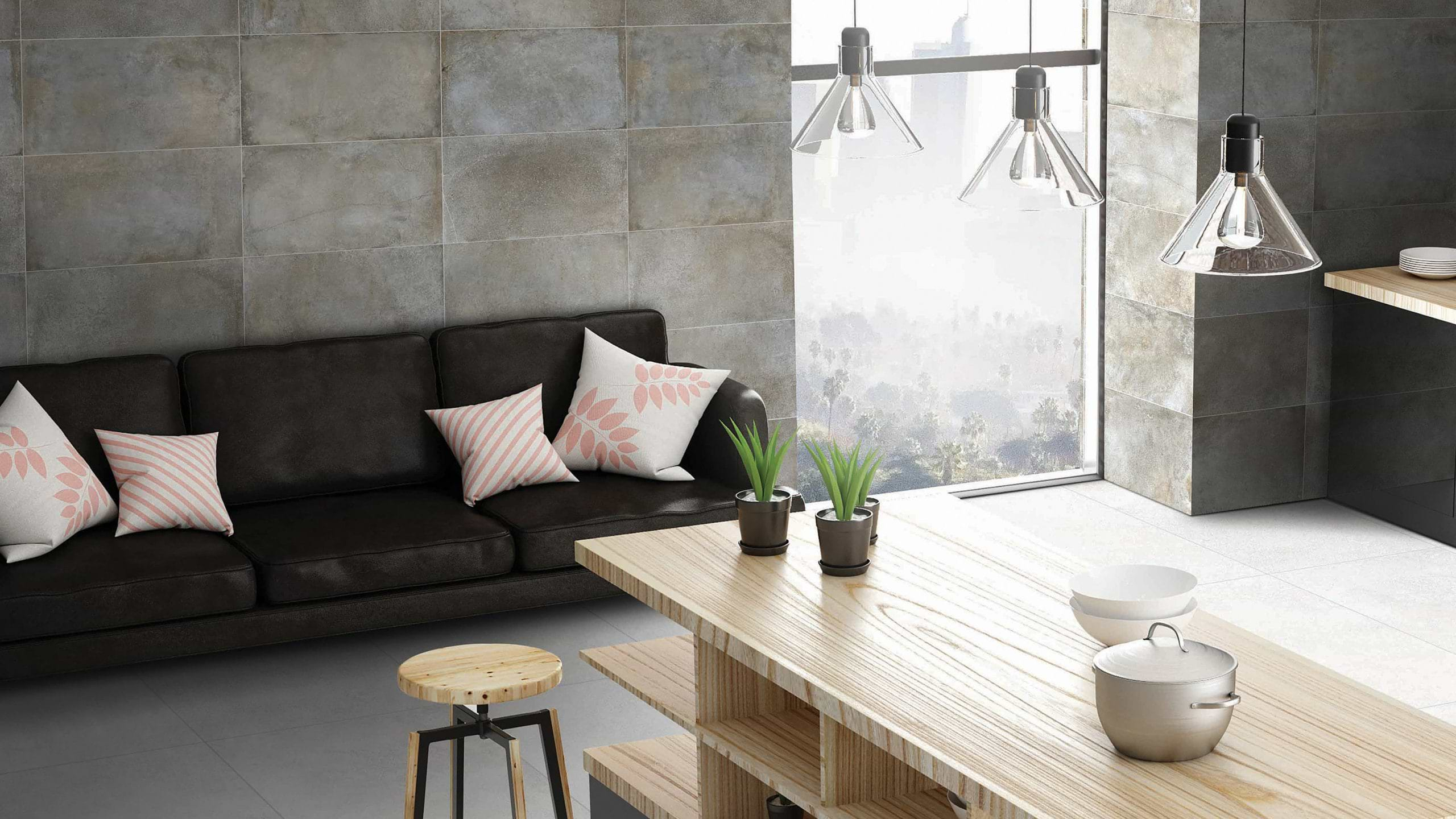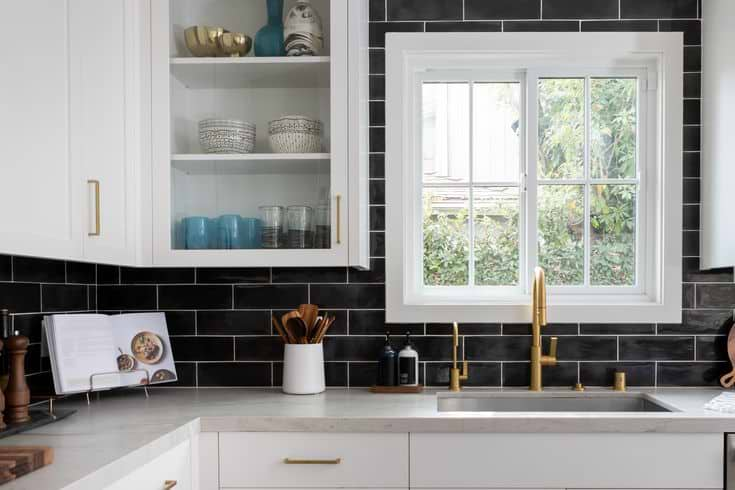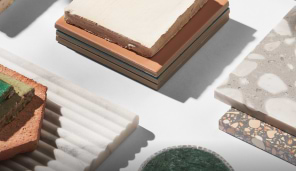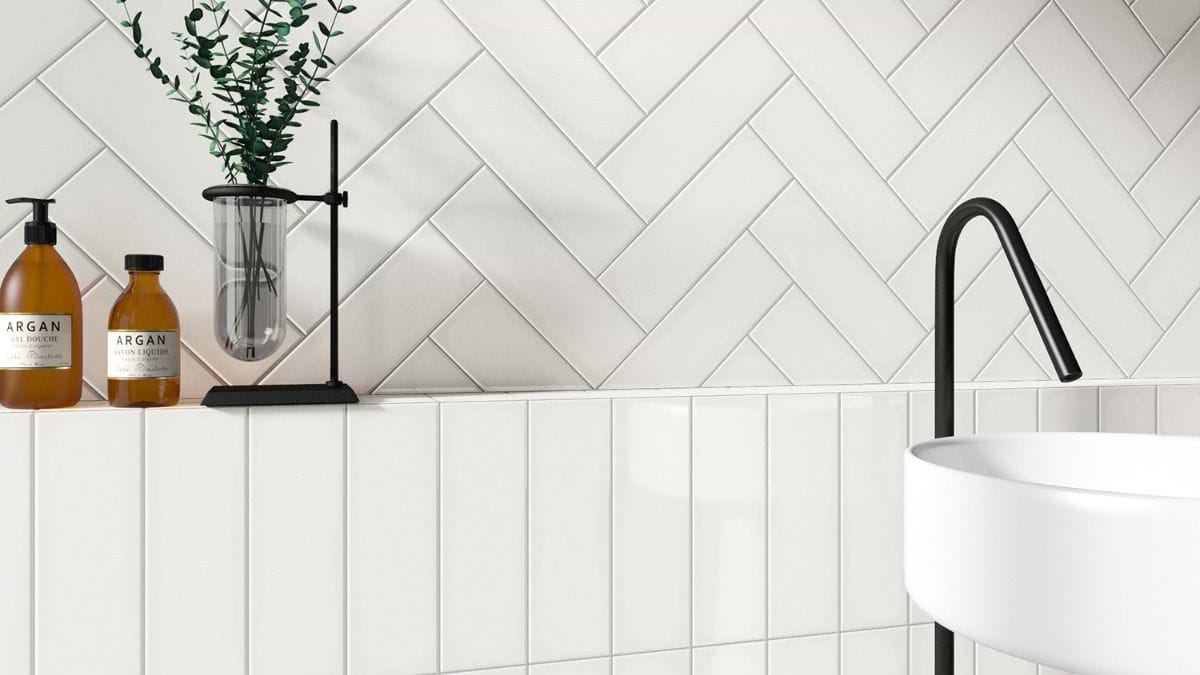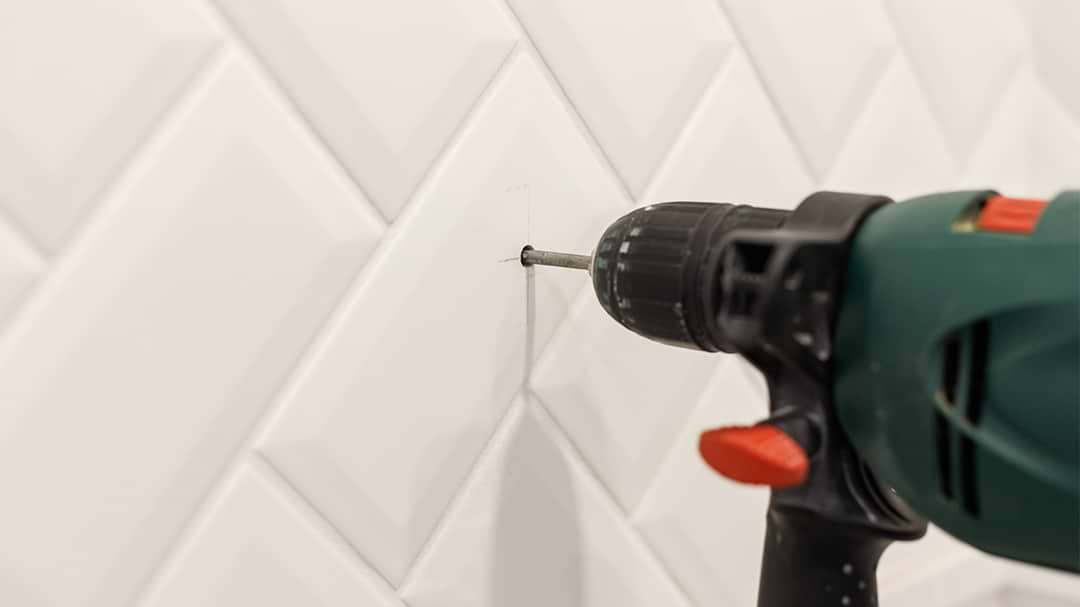Can You Tile Over Tile?
A lot of people dread the thought of replacing tiles because they fear that it will be a large, costly job. However, the truth of it is that you can usually tile over your old tiles, and it can be just the thing to revitalize a room that requires an overhaul. Here we’ve put together some things for you to consider when you’re looking at tiling over your existing tiles.
What To Check When Tiling Over Tiles
- Any damage to existing tiles
Are your existing tiles in good shape? If they are then you should be fine to tile over them with a new tile. If they’re mostly chipped or damaged however then you should consider removing them.
You don’t need to remove the tiles which are in a good state, however, if a large number are damaged then you will need to make sure that you’ll be left with an even surface for tiling over. This is especially important for floor tiling as you could end up with issues with the tiles lifting or peeling away.
- Ensure existing tiles are stuck firmly to the surface
It doesn’t matter how good the job you do in putting your new tiles over tiles, if the existing tiles have poorly adhered or are falling off them your new tiles will suffer the same problems when you put them over. Tapping your tiles with a small metal object can help you to determine whether they’re loose or not; a hollow sound when tapping means that your tile is most likely loose from the wall and needs removing or refitting before you continue with your new ones.
Prepare Your Old Tiles and Grout
Before you put your new tiles over, make sure that you have properly prepared the existing ones. Clean them thoroughly and make sure that there is no dust or debris left on them as this will affect the adhesive for your new tiles.
You should also look to remove as much of the existing grouting as possible, especially as this is where you may find mold spores cultivating which can continue to grow even when you tile over. This can be especially important in the bathroom so take the time to check this before you start installing the new tiles to avoid disappointment down the line.
Choosing Your Tiles
If you’re tiling over tiles and you should consider the backing of your existing ones. If it is plaster or plasterboard then these will have a weight limit so it might be better for you to choose a slimmer porcelain tile like Lapaz White Garden or a ceramic tile like the Carolina Sky to keep the weight down. Always check with an expert if you are unsure of weight limits on your chosen surface.
Of course, you’ll want to make sure that your tiles will suit the room that you’re going to be retiling, so make sure that you know they’re going to be just right.
Using a visualizer tool allows you to see exactly how your chosen tiles will look in your room by uploading an image and trying different styles before you purchase.
You’ll also need to consider the right type of adhesive to use when you’re ready to buy your new tiles. If you’re going to be placing over walls then you could use a pre-mixed adhesive but a floor will require a stronger thinset mortal.
Take a look at our guide here on which adhesives are best to use in each instance
Tiling over your existing tiles doesn’t have to be a scary endeavor and can save you time and money when making your rooms look beautiful. If you’re prepared properly then you shouldn’t be afraid of the task and it could be just what your kitchen or bathroom needs to bring it to life.
